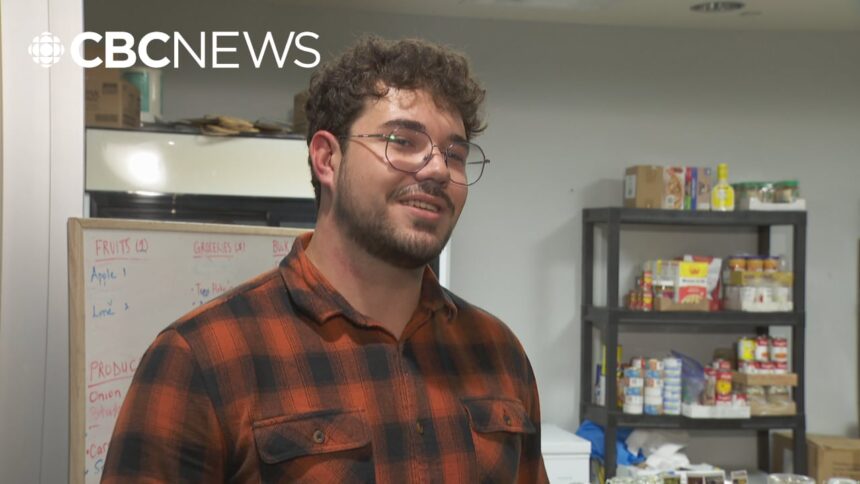In lecture halls across Canada, a troubling reality lurks behind the academic discourse: student hunger. University food banks from coast to coast are reporting unprecedented demand this semester, with some campus services seeing their client numbers double since last year. The surge reveals a deepening crisis of food insecurity among Canada’s post-secondary students that extends far beyond occasional end-of-month budget crunches.
At the University of Alberta, the campus food bank now serves over 1,200 students monthly—a 65% increase from fall 2022. “We’re seeing students who’ve never needed support before,” explains Jenna McKay, the food bank’s coordinator. “These aren’t just international students or those from disadvantaged backgrounds. We’re serving graduate students, students with families, and even some who hold part-time jobs.”
The situation at Memorial University in Newfoundland appears even more dire. Their food bank reported a 110% increase in usage compared to the same period last year, forcing them to limit distribution to once every two weeks rather than weekly. “We simply don’t have enough supplies to meet current needs,” says Martin Reid, who oversees the service.
The factors driving this surge create a perfect storm of financial pressure. Tuition costs continue their upward trajectory, with the national average for undergraduate programs increasing by 2.6% this year alone. Meanwhile, housing costs in university cities like Toronto, Vancouver, and Montreal have skyrocketed, forcing students to allocate up to 70% of their monthly budgets to rent.
Food inflation compounds these challenges. According to Canada’s Food Price Report, grocery prices have risen by 9.7% over the past year, with staples like vegetables, dairy, and bread seeing some of the steepest increases.
“Students are making impossible choices,” explains Dr. Sylvia Chen, who researches food insecurity at the University of British Columbia. “They’re skipping meals to pay rent, stretching groceries beyond reasonable limits, and relying on ultra-processed foods that lack proper nutrition but cost less.”
The academic consequences are significant. Research from the Canadian Alliance of Student Associations indicates students experiencing food insecurity are 43% more likely to report poor academic performance and 37% more likely to consider dropping out entirely.
Universities have responded with varying degrees of effectiveness. Some institutions like McGill University have expanded their emergency funding programs, while others like the University of Toronto have introduced subsidized meal programs. However, campus food bank coordinators argue these measures merely address symptoms rather than structural causes.
“Food banks were never meant to be permanent solutions,” notes Priya Sharma, who operates Ryerson University’s Good Food Centre. “Yet we’ve normalized their presence on campuses as if student hunger is an acceptable part of higher education.”
Student advocacy groups are pushing for systemic changes, including tuition freezes, expanded grant programs, and better on-campus housing options. “The solution isn’t more food banks,” says Miguel Rodriguez, president of the Canadian Federation of Students. “It’s making education affordable enough that students don’t need food banks in the first place.”
As winter approaches—typically the most challenging period for campus food banks—coordinators are bracing for even higher demand. “December through February is when we see our numbers peak,” explains McKay. “Students have depleted their savings, holiday expenses add pressure, and many can’t find seasonal work because they’re studying for finals.”
For thousands of Canadian students, higher education has become a painful paradox: investing in their future while struggling to meet basic needs in the present. As this crisis continues to unfold on campuses nationwide, we must ask ourselves: In a country as prosperous as Canada, why are so many of our brightest minds going hungry while pursuing education?










